Tools for Unstructured Data Analytics

Unstructured data is everywhere and very tough to access without learning complex code.
But if you could gain access to it, you would create the revenue and insight needed for rapid innovation and cost reductions. And if there’s one thing RPA needs, it’s structured data!
Power through complex manual workflows with an easy-to-use tool. Here’s how:
Maximize the Potential of Unstructured Data
If you need to structure data from text-heavy business documents or B2B electronic data (onboarding / EDI), you don’t need an artificial intelligence expert. The path has been paved and widely traveled.
Is your organization spending resources and missing new opportunities because of inefficient or manual unstructured data processing?
Turn the tide and integrate valuable information from any document, any file, and from any department – regardless of where it is stored:
What is Unstructured Data, Structured Data, and Semi-Structured Data?
What is Unstructured Data?
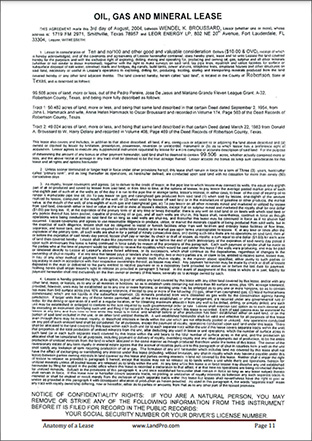
Unstructured data is information that doesn’t use a traditional pre-defined data model, format or schema, but instead uses a non-conventional data model. This sort of information is usually packed with text, but it can in portions contain numbers like dates, or other figures like latitude and longitude which are common in land lease documents.
Though not near as common, unstructured data can also be non-textual in the form of image, audio or video files. Unstructured data documents have an internal structure that can be human-generated or machine-generated. This non-conventional form of data makes it very difficult to analyze a wealth of information contained in documents in order to guide business decisions.
Because of it’s atypical data model, unstructured data should be managed in non-relational (NoSQL) databases instead of relational databases.
Leveraging unstructured data is vitally important to business intelligence because some estimates say that 80 to 90% of an organization’s data generated and collected is unstructured. As most of a company’s data is comprised of unstructured information, the need to access and use this data is growing rapidly.
What’s the Difference Between Unstructured Data vs. Structured Data?
There are five main differences between unstructured data versus unstructured data. These include the data’s source, usage, model, format and how it is stored.
First, structured data comes from electronic forms, excel spreadsheets, etc. and can be used in easy data searches, extractions, or machine learning (ML) to drive algorithms. It uses pre-defined data models filled with labels, numbers and values and is stored in relational databases (RDBMS).
Unstructured data, on the other hand, comes from scanned PDF files and word processing documents. It is used in natural language processing as it is very challenging for traditional software to easily extract, ingest, process and analyze the data. Unstructured data comes in text documents, rich media (like audio or video files) or even social media posts, and is stored in it’s original format until the data is found / recognized and extracted.

What is Semi-Structured Data?
Semi-structured data is data in between structured and unstructured as it is mainly unstructured but it also contains internal tags and markings (in the form of metadata) that helps to identify, group and hierarchically organize the data. This native metadata ultimately makes it much easier to process and analyze semi-structured data.
While semi-structured data only amounts to about 5% to 10% of a business’ total data pie, it has critical use applications when united with structured and unstructured data.
A common example or application of semi-structured data are email stores and files. Though analyzing and thread tracking calls for specific tools (like the ones in Grooper), the native metadata in email makes classification and keyword searching fairly easy with most tools.
Other examples of semi-structured data include the JSON, NoSQL, or XML files:
- JSON (JavaScript Object Notation) is a versatile data interchange format. It uses name / value pairs and ordered value lists.
. - NoSQL data is a great choice for storing information like text with differing lengths. Unlike relational databases, they don’t separate schema from the data. Some databases also integrate semi-structured documents by natively storing them in JSON form.
. - XML markup language uses a tag-centric structure that is very adaptable. Users can leverage it to normalize structure, storage and transport on the web.
.
What are some examples of unstructured data?
Unstructured data can come in a variety of formats and file types. Here are examples of this kind of data that can be created by humans and by machines.
Examples of human-generated unstructured data include:

- Text Documents: As it pertains to businesses, this is a very valuable format as they internally generate and store many thousands of word processing documents, presentations, spreadsheets and log documents. This does not include scanned PDFs, as that data is no longer text-based but pixel-based, which leads us to….

- Media: This is the most valuable format of unstructured data to some businesses, as they create, use and store hundreds of millions of scanned documents, which are essentially now images. These document images could be in PDF, JPG, or PNG format. This category also includes photos, audio and video files.

- Email Files: This is another very valuable data format to businesses as each employee sends and receives at least 10 emails each day. While the message field content of emails are unstructured and can’t be parsed by most analytics and business intelligence software, the metadata in email files provides a way to structure them. The metadata in them could also qualify them as semi-structured data.

- Mobile and other Electronic Communications Data: This category isn’t as valuable to most business as it includes text messages, instant messages, chats, and phone recordings. It can also include location information and messages from collaboration software.

- Web Pages and Social Media: This data can be valuable to B2C-oriented companies and this unstructured data consists of content from web sites, Facebook, YouTube, LinkedIn, and Instagram.
Examples of machine-generated unstructured data include:

- Scientific Data: As this is data created from oil and gas equipment, this category covers oil and gas surveys, land information, and drilling reports among other energy related data. This category also covers space exploration readings, atmospheric data and seismic images. .

- Satellite or Drone Images: Weather information, geologic formations, reconnaissance videos and images.
What is Unstructured Data Used For?
Unstructured data (especially as it pertains to unstructured data in documents or scanned images) is used for:

- Gaining reliable insights into internal operations and compared to the similar operations of third-party operators who send reports back.

- Predictive data analytics based on historical data. Analyzing unstructured document-based data can identify which business opportunities to pursue and which have more risk.

- Reaping reliable knowledge into customer behavior and preferences. By integrating this data into a CRM platform, analytics tools can create data sets that reveal customer trends and patterns. This knowledge can direct how a business adapts to customers and capitalizes on the information.
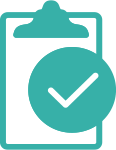
- Maintaining and improving regulatory compliance by helping businesses learn what corporate records and documents contain.
Unstructured data and big data can often be synonymous. IDC believes that around 90% of very extensive datasets are unstructured.
While most analytics software were developed for very structured data, they are very ineffective at recognizing and extracting unstructured data sources. This is where Grooper provides substantial value.
Challenges of Unstructured or Semi-Structured Data
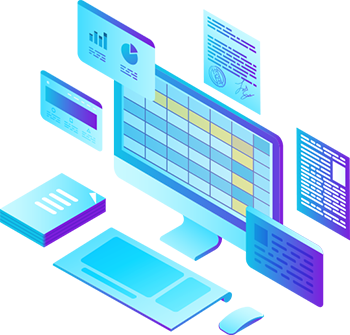
All unstructured data projects have the same basic goal of moving information into structured databases, analytics tools, or RPA workflows.
However, they also each have nuances that provide challenges to overcome (we feel your pain!).
Challenges of unstructured data projects include:
The 5 Steps of How to Process Unstructured Data:
1. Lean on the knowledge of your subject matter experts.

The first step in any unstructured data project is to fully understand the five Ws of your information and the internal structure of your operations.
Subject matter experts are your workers who use the information and they are critical to the success of any unstructured data project. They are integral to the solution.
Who
What
When
Why
Where
- Who originates and who uses the information?
- What business outcomes / processes depend on this information?
- When does the information become available for integration?
- Why is the data in the format it’s in – can it be changed?
- Where is the data going to be stored / accessed?
These are the types of questions that provide the framework for an unstructured data solution. You will learn the requirements for data ingestion / extraction, and all business workflows. Unfortunately, no software will save you from understanding your own documents and data.
2. Collect a good set of representative data for classification.

Unstructured data solutions use optical character recognition, machine learning, and natural language processing to recognize the information that’s important to your workflows. While you will need representative training data, in most cases you don’t need thousands or even hundreds of examples.
Document-based unstructured data extraction doesn’t need neural nets. Representative data is mainly only needed for classification (recognizing what information is represented on the document). This step is incredibly important because software will be expected to look for and extract specific data elements.
Once the document type is understood, the software knows what data to look for and how to find it.
Learn about Grooper document classification.
3. Build data extraction models.
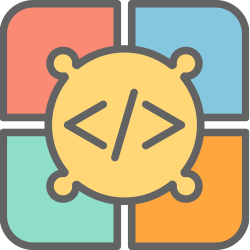
Data extraction models are frameworks that structure unstructured data. They use dozens of different data sciences and logic-based approaches to add structure to data. The good news with modern data tools is that they don’t need a data scientist or programmer to use them.
Data models are built with collaboration between your subject matter experts (SME) and an experienced Grooper architect. The architect knows how to identify and extract data. The SME knows how to identify what and where that information is on the document.
Data extraction models in Grooper are built using machine learning and logic-based approaches. Complex documents absolutely require multiple data extraction methods. Choose an unstructured data tool made to work on natural language documents, semi-structured, and unstructured problem documents.
Learn about Grooper machine learning and extraction.
4. Build data validation workflows.

Data validation workflows are critical for unstructured data integration. These workflows are both automated and human-in-the-loop processes that ensure data accuracy.
Data verification is based on acceptable error percentages and are use-case dependent. With Grooper, you can set a required accuracy threshold for every data element, perform mathematical verification, and / or build external lookups to ensure data accuracy.
In Grooper, all classification and extraction is automated. So users will likely only ever need to interact with the human review part of the solution.
5. Integrate unstructured data.
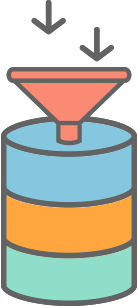
Because all data is now structured, integrating it is simply a matter of transforming the labeled data into the format of your choice.
There are many options in Grooper for integration that range from:
One of the newest methods of unstructured data integration is with smart PDFs. These are standard-format PDF documents but with all extracted data contained in bookmarks, annotations, or as metadata within the PDF itself.
These are self-integrating documents that are easily consumable by external customers.
Learn more about Grooper data integration.
Avoid Data Project Failures with these Unstructured Data Tools
How do you avoid failure? Do not begin any project with the technology!
By starting with the 5 W’s of information listed above, you will ensure a successful unstructured data integration or RPA deployment.
After fully defining the unstructured problem you are solving – and establishing the metrics to measure a successful outcome – then look for the tools.
Many analytics methods and tools can be specifically used to analyze unstructured data in business information systems.
Newer and powerful tools (such as the ones found in Grooper) can easily aggregate, query all data types to reap significant insight into all corporate data. Here are some examples of tools for great unstructured data extraction:
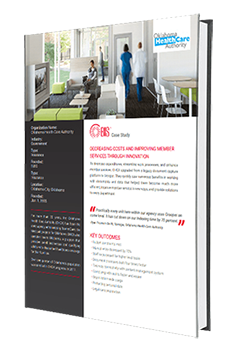
Case Study: 70% Better Unstructured Data Integration
Oklahoma Healthcare Authority was disappointed with their data extraction system. They dealt with time-consuming separator sheets, and still had to hand key much of the information because their system was not built to process unstructured data.
Sound familiar?
They implemented Grooper and quickly saved considerable time and money with:
Download our unstructured data case study to learn more:
Testimonials
Featured Case Studies
Thousands of companies choose BIS to enrich products and services with unique solutions. Here are some of their stories.
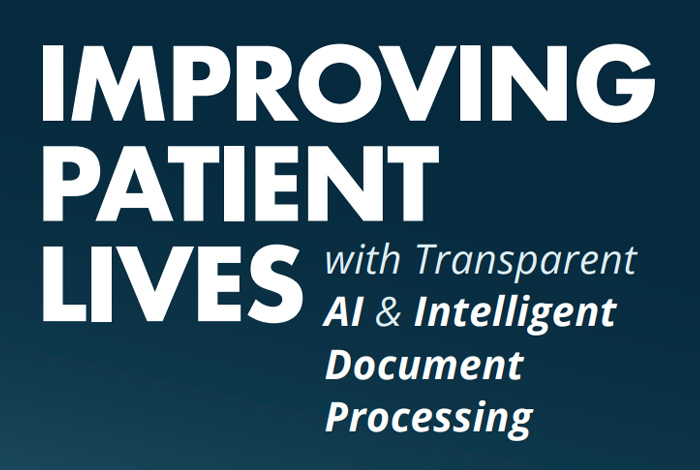
Case Study: Data Extraction in Medical Documents
See how a leader in the medical / healthcare equipment industry is improving their patient’s lives days or weeks faster through improved data extraction.

Financial Document Automation Case Study
In this financial document automation case study, get in-depth info on how automation improves member services and creates happier employees.
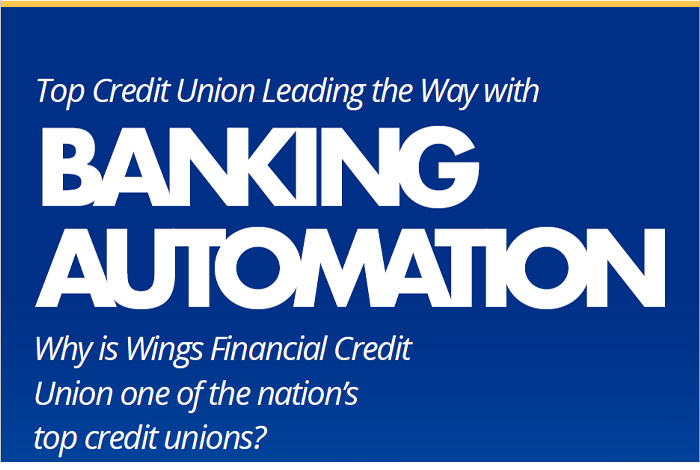
Banking Automation Case Study
Uncover how financial industry leaders use modern banking automation and other technologies to save big time and money. Get the case study here!

Oil and Gas Industry Case Study: Advanced Lease Analytics
Tired of all the time & costs with manually processing documents? In this oil and gas big data case study, uncover how others are outpacing the competition.

